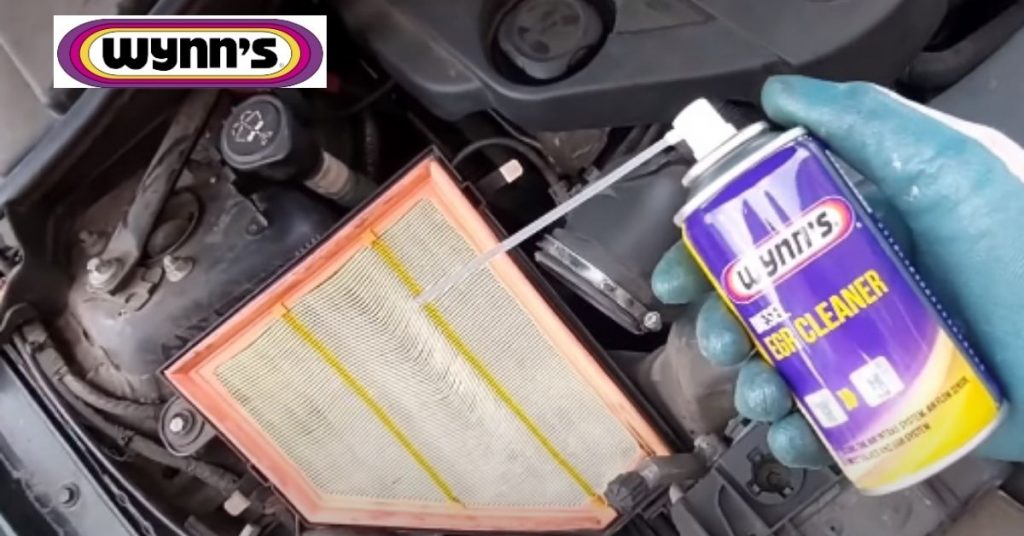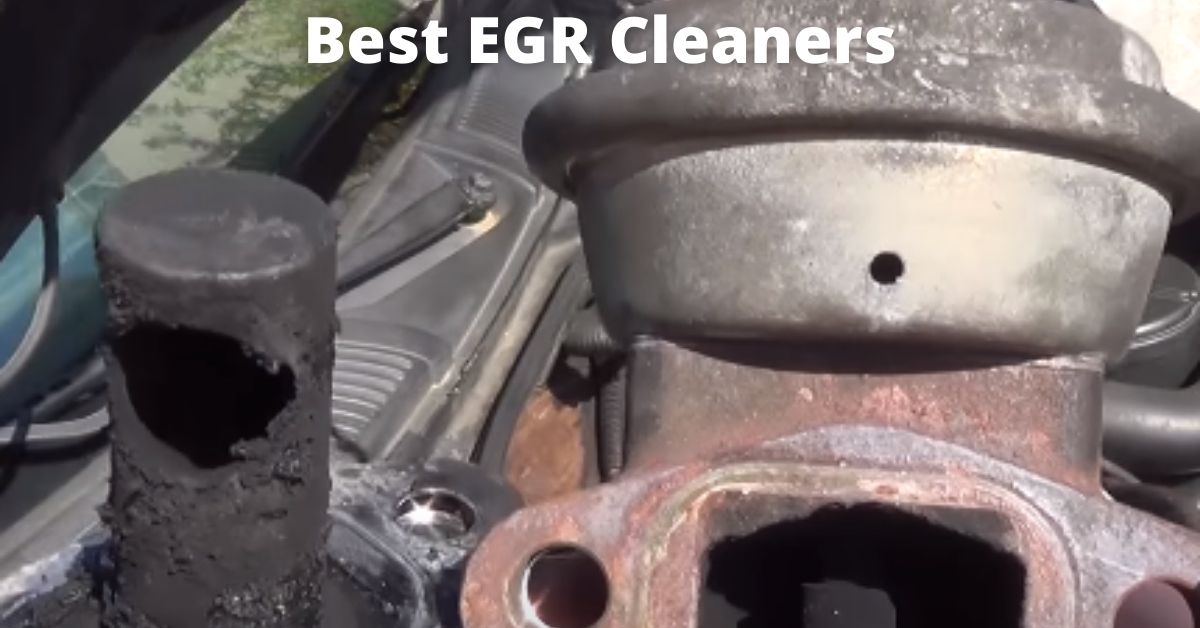Modern cars with either gasoline or diesel engines will have an EGR system. An EGR valve controls the emission control system. It returns part of the exhaust gases to the engine intake. EGR can become clogged over time because exhaust gases are full of soot and other particles blocking the exhaust flow, a practice that is more common in diesel-powered vehicles. Carbon deposits can also cause EGR valves to become stuck in closed or open positions, causing many problems, so it is essential to clean them. We have listed the top EGR cleaners available.
The Best EGR Cleaner on the Market
These are some of the best EGR cleaners for this job.
1. Wynn’s WY23381 Diesel EGR Cleaner

- This aerosol product cleans the air intake system for all diesel engines. Provides thorough and immediate cleaning of the air intake system
- Strong power jet spray for cleaning action
- Dissolves gum, lacquer, and tar, as well as carbon and deposits
- Restores perfect airflow to the combustion chamber
- Provides a steady and regular idle
- Eliminates starting problems
2. Liqui Moly 2033 Pro-Line Intake System Purge
This special active solvent is combined with a high-tech additive mixture to remove typical contamination and deposits in your intake system.
- Removes oil, dirt, and other greasy deposits
- , granulating the functional performance and safety of moving parts
- reduces fuel consumption.
- Diesel-powered engines are more reliable3.
3. Holts EGR & Carb Cleaner
This professional product quickly removes diesel engine exhaust gases and has other benefits such as:
- Reducing emissions
- Restoring performance
- A powerful solvent formula
- 360deg spray action allows it to spray in all directions
How to Use EGR Cleaner Sprays
Before you begin cleaning, start the engine. Turn the machine on after it has warmed up. Then, disconnect the intake hoses and access the intake manifold. You will need to disconnect the MAF sensor if your car has one. Start the engine at around 2000 RPM. Spray the intake manifold in a brief burst using a probe. You will see the engine speed increase. Reduce the spray intervals if you experience a fluctuation greater than 1000 RPM.
The EGR Cleaner should not directly contact the airflow meter or any painted parts. If stubborn carbon deposits are on the intake manifold, you can clean it again with a second can. Let the engine run for 20 seconds at 2000 RPM to remove any remaining residues.
Problems Caused by a Blocked EGR
An EGR valve that is blocked can cause the device to become unusable. Exhaust gases can uncontrollably enter the intake if an EGR valve is not in its open position. These symptoms can occur:
- The engine will run rough until it heats up.
- When it gets warm, you will see it slow down and start to run wild while you are idling.
- There is a powerful fuel smell when the engine is running.
- Increased fuel consumption
- If the EGR valve is clogged or in a closed position, it will prevent exhaust flow from the intake. You might feel the following symptoms:
- Low engine speeds can cause a pinging sound from the engine.
- Excessive heat can cause strong detonations.
- You will have a “check engine” light on in both cases. Your car is more likely to fail emission tests because of the high hydrocarbons and nitrogen oxides (NOx) levels.
There are many EGR cleaners you can use to clear clogged EGR valves. If the carbon build-up isn’t too severe, you can remove the EGR valve without having to do anything. If you suspect your EGR valve is blocked, it’s worth cleaning it as soon as possible as a preventative measure. This article will discuss the top EGR cleaners on the market.
Let’s talk a bit about EGR. What does it do?

EGR stands for exhaust gasoline recycling or engine gasoline return. As the name suggests, this system allows some of the exhaust gases to return to the engine intake. It might sound strange at first. After all, we want clean air to enter our engines, but this is not a good idea.
Temperatures can rise as high as 1400°F during combustion. These high temperatures can cause the formation of nitrogen oxides (NOx) from the inert gas nitrogen. These toxic gases can cause pollution in the air and health problems, lowering the peak combustion temperature by introducing exhaust gases, reducing the emission of nitrogen oxides, using EGR system ranges in gasoline and diesel engines. EGR can return up to 20% of the exhaust gases in gasoline engines. Diesel engines can return up to 60 percent of their exhaust gases.
The EGR system is quite simple. It is composed of tubing connecting the exhaust to the intake and an EGR valve that regulates the emission of exhaust gases. The engine control unit controls this process. It is dependent on engine speed, load, temperature, and other factors. EGR activates when the engine is under low loads or while coasting. EGR can hurt combustion when the engine starts cold; while it is idling or under high accelerations, you must shut off Exhaust flow in these operating conditions.
EGR valve is the most persistent failure point in such a simple system. It can experience various internal failures depending on its type. There are multiple types of EGR valves, including back-pressure, vacuum, electro-vacuum, and digitally controlled EGR. However, carbon build-up causes most failures in the EGR valve.
These are the most common causes of carbon build-up in EGR valves
- frequent short drives
- Excessive oil level
- Excessive oil consumption
- blocked crankcase ventilation system
- Turbocharger malfunction
- using inadequate engine oil
- worn-out engine
Last words
We highly recommend cleaning and inspecting the EGR valve if any of the above applies to your vehicle or driving habits, and you can use one of the top EGR cleaners we have reviewed. Have fun!

